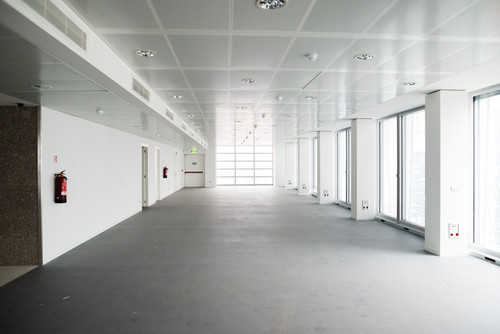
Only after a building is completed, up and running can you fully understand where the energy is being used the most. In order to map where you’re using energy and where you’re losing it, you’ll need to figure out the effectiveness of your building’s energy consumption.
One way people understand energy efficiencies is through gathering data about the infrastructure through an energy assessment or energy audit.
Before having an energy auditor visit your building, you’ll want to be prepared with information about the building’s layout and function. Be as thorough as possible with this information, including things like square footage of rooms, average thermostat settings for each season and average amount of room use.
Commercial Building Energy Audits
Energy assessments of your building should always be done by a professional. The total assessment is not one you can make on your own. To give you an idea of what is being measured (and what can be repaired at a consumer level), here are some of the common points an energy assessment will include:
Air Leaks
An air leak will cost you money every month. An assessment will check for indoor leaks along the baseboards or flooring, and connections between walls and ceilings. Especially in buildings when two different materials meet, like brick to wood, or wood to drywall.
Insulation
Heat loss can occur in a variety of areas of but much of that can be due to insulation. Checking the walls for insulation is difficult; your auditor will probably perform a theomorphic inspection, which measures the surface temperature using infrared video. Through imaging, it can pinpoint areas throughout the building where there are cold or hot spots that lack proper insulation.
Heating and Cooling Equipment
Heating and cooling equipment should be inspected on a regular basis. While looking at ductwork, it’s easy to spot leaks because of dirt streaks near the seams. With a forced-air unit, checking and replacing the filters is needed to maintain the integrity of the equipment. Check the filters monthly, and replace them when you can no longer see light through them.
Lighting
Lighting accounts for 10% of some electricity bills. Opting for energy efficient light bulbs will reduce energy costs and is an easy switch to make.
For a complete list of energy tutorials and how-to’s visit www.energy.gov/energysaver
Building for Energy Efficiency
PinPoint Commercial has a long history of energy compliant building standards and believes in efficiencies beyond the traditional methods of energy building. Learn more about our developments.


